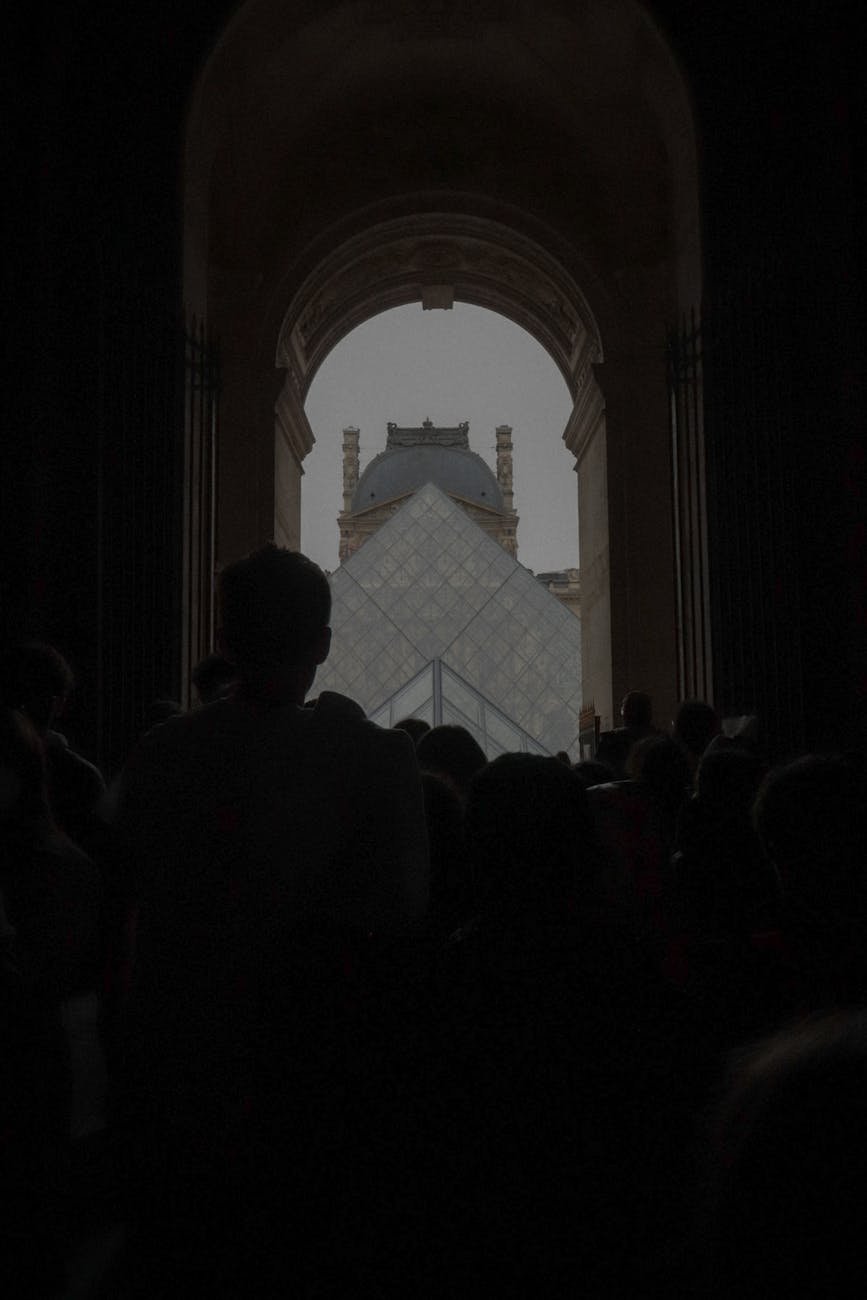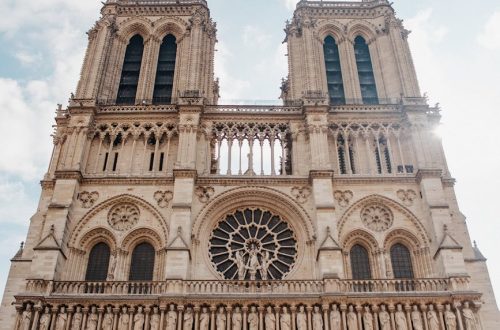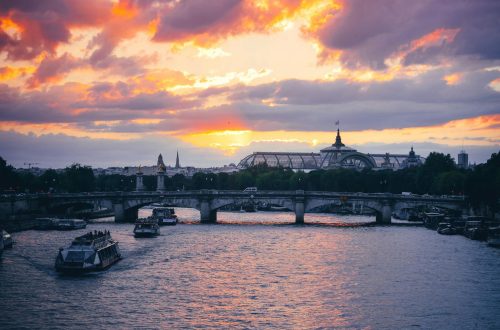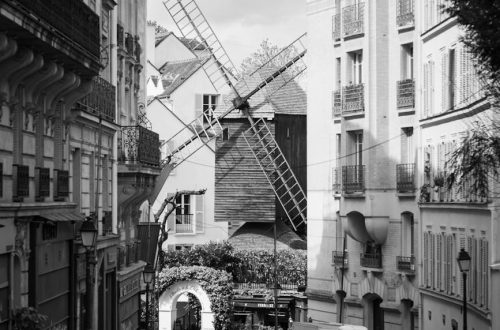
Artistic Louvre Pyramid Reflections: Captivating Photo Techniques
The Louvre Pyramid in Paris is an iconic structure that has become a symbol of the Louvre Museum and the city itself. Designed by architect I.M. Pei, the pyramid’s glass panels and steel framework create a stunning interplay of light and reflections that have captivated photographers around the world. In this article, we will explore various photo techniques that can be used to capture the artistic beauty of the Louvre Pyramid and its mesmerizing reflections.
Exploring Perspectives:
When photographing the Louvre Pyramid, it’s essential to consider different perspectives to create visually interesting compositions. Experiment with shooting from various angles – low to the ground, looking up from below, or capturing the pyramid in the context of its surroundings. Each perspective can provide a unique and captivating view of the pyramid and its reflections.
Playing with Light:
Light is a crucial element in photography, especially when capturing the reflective surfaces of the Louvre Pyramid. Pay attention to how light interacts with the glass panels of the pyramid, creating dazzling reflections and patterns. Play with natural light during different times of the day to capture the changing effects on the pyramid’s surface. Additionally, consider using artificial light sources to add a creative twist to your photos.
Utilizing Symmetry and Patterns:
The geometric design of the Louvre Pyramid lends itself well to creating symmetrical and patterned compositions in your photos. Explore the symmetry of the pyramid’s structure and its reflections to create visually stunning images. Look for repetitive patterns or symmetrical arrangements that can add depth and interest to your photographs.
Experimenting with Reflections:
One of the most captivating aspects of the Louvre Pyramid is its reflective qualities. Use reflections to your advantage by seeking out interesting angles that showcase both the pyramid and its mirrored image. Look for water surfaces, puddles, or other reflective surfaces to capture unique perspectives of the pyramid’s reflections. Experiment with long exposures to create dreamy, surreal effects in your photos.
Adding a Human Element:
To add a sense of scale and context to your photos of the Louvre Pyramid, consider incorporating a human element into your compositions. Whether it’s a silhouette of a person walking past the pyramid or a group of people interacting with the structure, including people in your photos can provide a sense of movement and life to your images. Experiment with different positioning of the human element to create dynamic and engaging compositions.
Post-Processing Techniques:
Once you have captured your photos of the Louvre Pyramid, don’t be afraid to experiment with post-processing techniques to enhance the artistic quality of your images further. Adjusting contrast, saturation, and sharpness can help bring out the details in your photos and emphasize the reflections and patterns created by the pyramid. Consider using filters or presets to add a creative touch to your photographs while staying true to the artistic essence of the Louvre Pyramid.
In conclusion, the Louvre Pyramid offers endless opportunities for photographers to explore and capture its artistic reflections through various photo techniques. By experimenting with perspectives, light, symmetry, reflections, and post-processing, you can create captivating images that showcase the beauty and creativity of this iconic architectural marvel. So grab your camera, head to the Louvre, and let your creativity shine through as you capture the enchanting reflections of the Louvre Pyramid.



